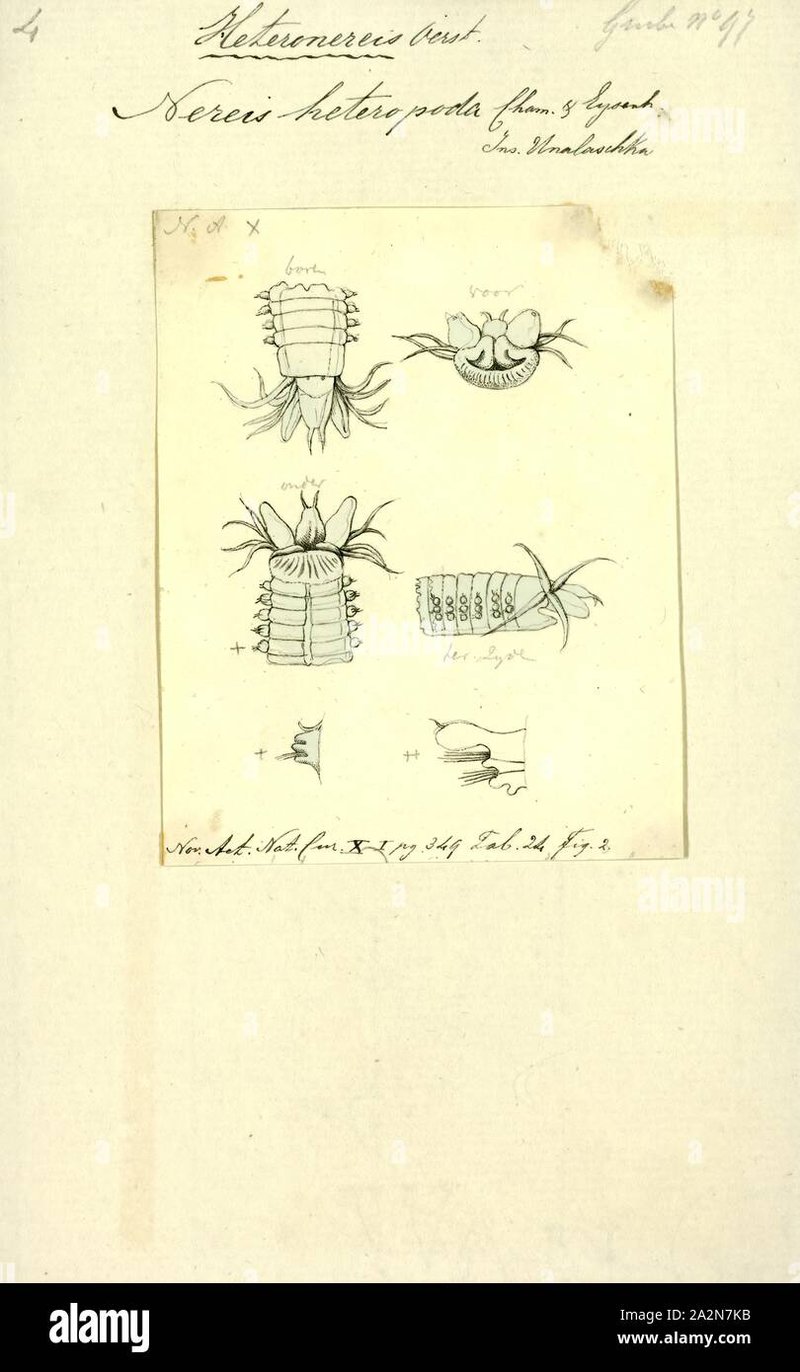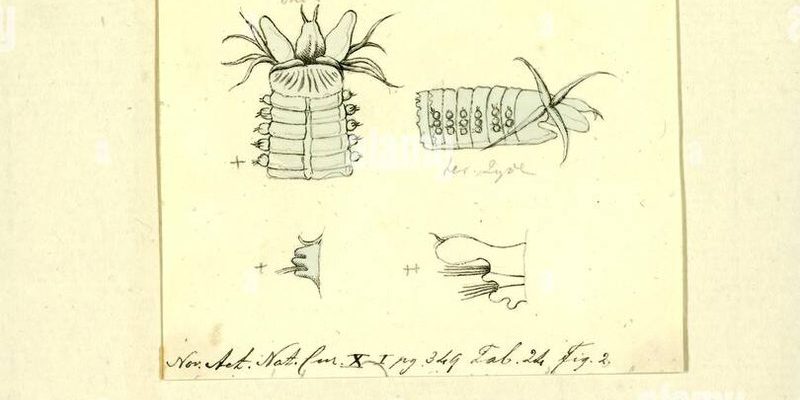
Think of Nereis virens as a tiny architectural engineer of the seabed. Just like us, they have friends and neighbors in their watery world. Their relationships with other microfauna create a bustling community, much like a tiny city beneath the waves. So, let’s dive into the intriguing interactions between Nereis virens and its microfauna buddies.
The Role of Nereis Virens in Its Ecosystem
Nereis virens plays a vital role in its ecosystem as both predator and prey. As a predator, it feeds on smaller organisms like plankton and detritus, helping to regulate their populations. By doing this, Nereis virens maintains a balance in the food web. Imagine a well-tuned orchestra: when one instrument plays out of tune, the whole symphony can fall apart.
On the flip side, Nereis virens is also food for larger creatures like fish and birds. This makes them a crucial part of the food chain. Their presence supports not just microfauna but also larger animals, creating a vital connection throughout the ecosystem. The impact of their activities can ripple outwards, affecting everything from nutrient cycling to habitat stability.
Their burrowing behavior is another significant aspect of their role. When they dig tunnels in the sand, they aerate the substrate, allowing water and nutrients to flow better. This process benefits other organisms that rely on clean water and nutrient-rich environments, setting the stage for a lively ecosystem.
Interactions with Other Microfauna
Now, let’s explore how Nereis virens interacts specifically with other microfauna. Picture a bustling marketplace where various vendors coexist. Each vendor has its unique offering, yet they rely on one another. In a similar fashion, Nereis virens interacts with numerous tiny creatures, including copepods, amphipods, and various types of bacteria.
Copepods, for example, are tiny crustaceans that float in the water. They often serve as prey for Nereis virens. By consuming them, Nereis virens helps regulate their population. This balance is crucial, as an overabundance of copepods could disrupt the local food web, leading to fewer resources for other organisms.
Bacteria also play an essential role in this ecosystem dynamic. They break down organic matter, recycling nutrients back into the environment. Nereis virens can even benefit from these bacteria because they help maintain the health of their habitat. When Nereis virens tunnels through the sand, they mix these beneficial bacteria into the substrate, enhancing nutrient availability for plants and other organisms.
The Symbiotic Relationships
You might be wondering if there’s more to the story. What about symbiotic relationships? Well, Nereis virens does form certain symbiotic connections, particularly with microorganisms. In this case, both parties benefit. Some bacteria that attach to the skin of Nereis virens can help it resist diseases while providing the bacteria with a safe environment to live and access to nutrients.
Additionally, Nereis virens can help maintain a healthy microbiome in its environment. By creating burrows, they allow different microorganisms to flourish. This microbial community plays a crucial role in breaking down organic matter, which helps to support the whole ecosystem.
In short, the interactions between Nereis virens and other microfauna aren’t just friendly; they’re vital. These connections help maintain balance in their aquatic homes and contribute to the overall health of the ecosystem.
Impact on Habitat Structure
It’s fascinating to think about how one species can shape an entire habitat. Nereis virens has a significant impact on sediment structure. When these sandworms burrow and create tunnels, they alter the physical environment in ways that can benefit other organisms.
For instance, their burrows can act as refuge spots for smaller animals, providing shelter from predators. This is especially important for young fish and invertebrates, which need safe places to grow. The increased oxygenation from their burrowing also boosts the growth of seagrass and algae, which are crucial for many other marine species.
By affecting sediment stability and structure, Nereis virens helps create a more diverse ecosystem. Picture it like a coffee table filled with books, plants, and decorations. Each item enhances the look and feel of the table. In the same way, Nereis virens adds complexity and diversity to the sediment environment, making it a richer habitat for a variety of organisms.
Response to Environmental Changes
Our planet is always changing. As different factors like climate change or pollution come into play, Nereis virens and its microfauna companions must adapt. This adaptability is crucial for their survival, and it influences how they interact with their environment.
For example, Nereis virens can tolerate changes in temperature and salinity, which helps them withstand varying conditions. However, environmental stress can impact their breeding and population dynamics. If conditions become too harsh, we might see a decline in Nereis virens numbers, which can have ripple effects on the entire ecosystem.
Meanwhile, other microfauna may respond differently to these changes. Some species might thrive under new conditions, while others could struggle. This variability creates a shifting landscape in the ecosystem, where the relationships between species can change based on the health of the environment.
In effect, how Nereis virens interacts with other microfauna illustrates a larger story about resilience and adaptation. It reminds us that ecosystems are dynamic and constantly evolving.
The Importance of Conservation
Given the critical role that Nereis virens and its microfauna companions play, conservation efforts are vital. Protecting their habitats from pollution and habitat destruction is essential for maintaining healthy populations of these organisms. If we lose Nereis virens, we risk disrupting the delicate balance of their ecosystem, leading to broader environmental consequences.
Creating marine protected areas can safeguard these habitats, allowing Nereis virens and its neighbors to thrive. Additionally, raising awareness about the importance of these tiny creatures can inspire people to take action. Remember, even the smallest organism can have a significant impact on the environment.
In conclusion, the interactions between Nereis virens and other microfauna are essential for the health of marine ecosystems. By understanding these relationships, we can better appreciate the complexity of underwater life and the need for conservation. After all, the ocean is a community, and every member counts!
As we continue to explore the intricate connections in our natural world, let’s remember that each creature, no matter how small, plays a part in the symphony of life.

